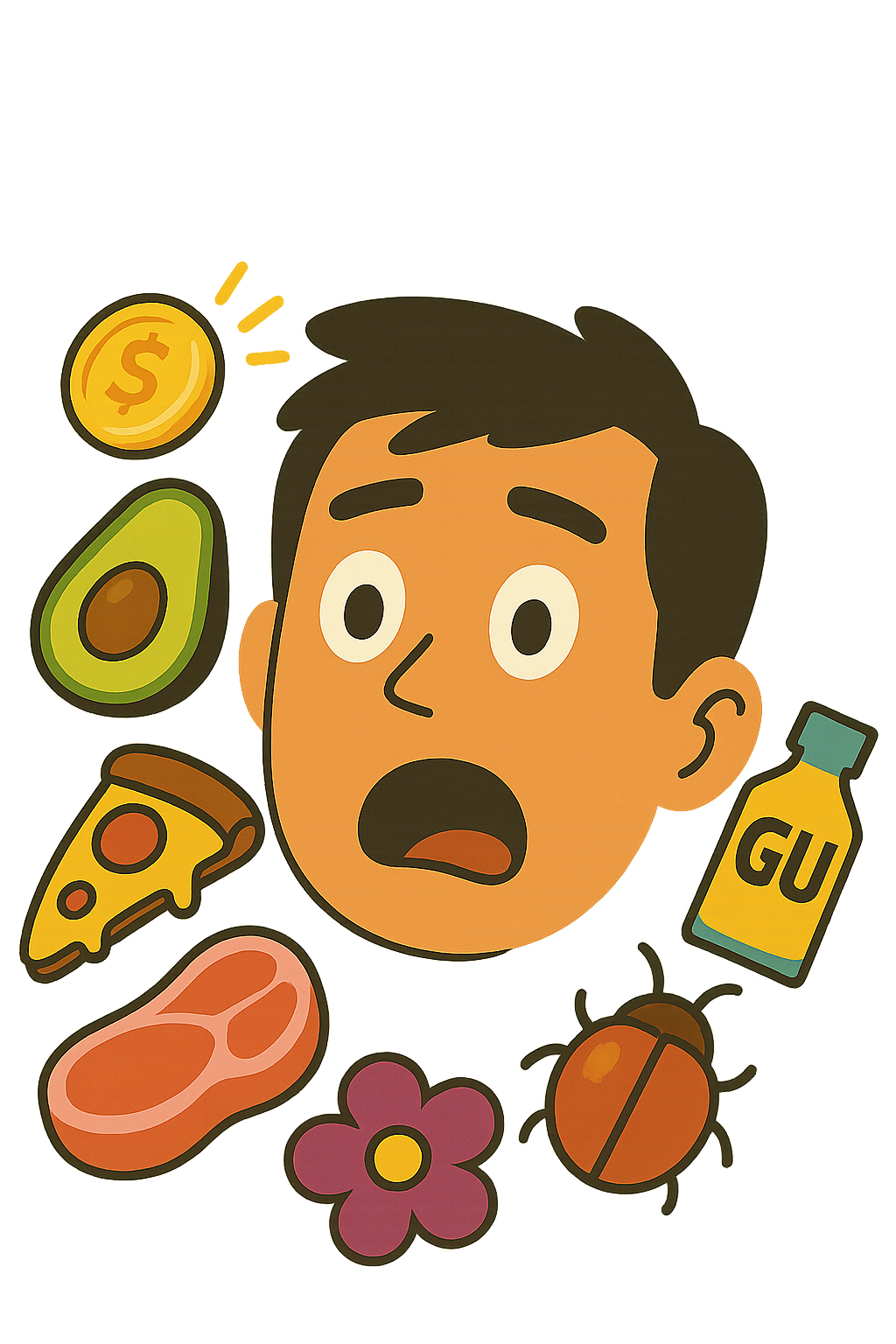Can you eat moldy pasta?
Quick Answer
No
Eating moldy pasta could lead to food poisoning or allergic reactions. It’s best to discard any food that shows signs of mold.

What Is It?
Moldy pasta is pasta that has been contaminated with mold, a type of fungus that can grow on various foods when they are exposed to damp and warm conditions.
How to Tell
Moldy pasta may have a fuzzy or slimy texture, discoloration, and a musty or sour smell. It might also have visible mold spots, which can be in various colors like green, white, black, or blue.
Why It Can Be Risky
Eating moldy pasta can pose several health risks, including:
- Food poisoning: Some molds produce harmful toxins that can cause food poisoning symptoms such as nausea, vomiting, and diarrhea.
- Allergic reactions: Some people may have an allergic reaction to mold, causing symptoms like itching, rash, and difficulty breathing.
- Respiratory problems: Inhaling mold spores can lead to respiratory problems, especially in people with asthma or other respiratory conditions.
Safe Method?
The safe method to handle moldy pasta is to discard it immediately. Avoid sniffing it as mold spores can be harmful when inhaled.
Safe Alternatives
If you discover your pasta is moldy, consider alternatives like making fresh pasta or using dried pasta that has been properly stored.
Storage Tips
Store pasta in a cool, dry place.’, ‘Keep pasta in airtight containers to prevent moisture from getting in.’, ‘Use pasta within its use-by date to reduce the risk of mold growth.